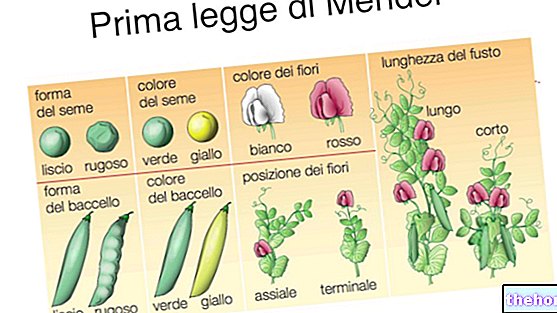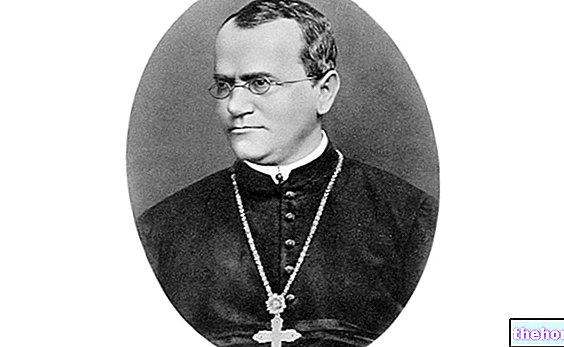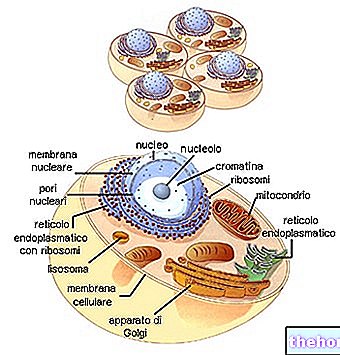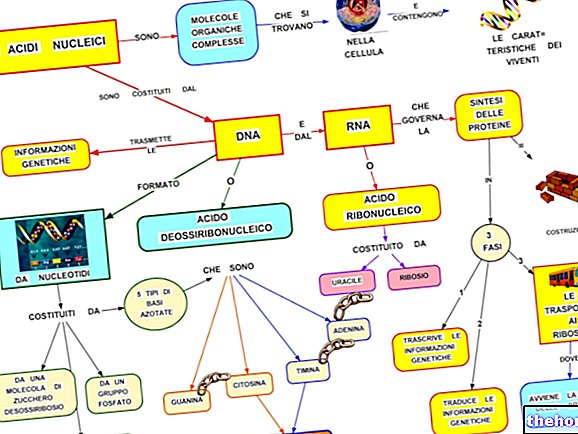The nucleus contains, immersed in the so-called nuclear juice, or "karyoplasm", DNA (chromatin, chromosomes), RNA (especially in the nucleolus), different proteins and metabolites. The spiralization of DNA in chromosomes is not simple, but it can be imagined like a spiral of spirals. In the interkinetic nucleus the upper spiral is not sufficient to allow the identification of the single chromosomes under the microscope. Individual strokes, however, can be spiralized, therefore visible, constituting the "masses" of chromatin. The less spiralized areas appear to be the most metabolically active.
The activity stages of chromosomal DNA are: autosynthetic and allosynthetic. In the first case the DNA molecule reduplicates itself through a semiconservative process, in the second case it synthesizes the three types of RNA.
The nucleus is a large spherical body, usually the most evident intracellular structure, and is surrounded by two unit membranes that together constitute the nuclear envelope. The surface of the envelope is crossed by nuclear pores, closed by a single thin membrane, which only apparently they allow the passage of large specific molecules, thus maintaining the composition of the nuclear material different from that of the cytoplasm. The membrane behaves as if it were semipermeable, where RNA and ribosomes pass through it.
Chromosomes, which are made up of DNA and proteins, are found inside the nucleus. When a cell is not dividing, the chromosomes are visible as a confused cluster of fine filaments called chromatin.
The most evident body inside the nucleus is the nucleolus, composed, like chromosomes, of DNA and proteins and formed by a part of a chromosome; this is the site in which a particular type of RNA is formed, the ribosomal RNA. . For this reason the nucleolus (or nuclear organelle) constitutes the main repository of ribosomal RNA.
Certain areas of the endoplasmic reticulum are dynamically connected to the nucleoplasmic membrane. This supports the hypothesis that the nuclear envelope originates from cell membranes.
The functions of the nucleus
The nucleus performs two crucial functions for the cell. It first brings hereditary information to the cell, the instructions that determine whether a particular organism should develop as paramecium, oak, or human; and not any paramecium, oak, or any human, but one that resembles its parent or parents. of that particular single organism.
Secondly, the nucleus directs the cell's activities, ensuring that the complex molecules the cell requires are in the number and type needed. These molecules are involved in the realization of various cellular activities and in the formation of organelles and other structures.

Click on the names of the various organelles to read the in-depth study
Image taken from www.progettogea.com









.jpg)


















